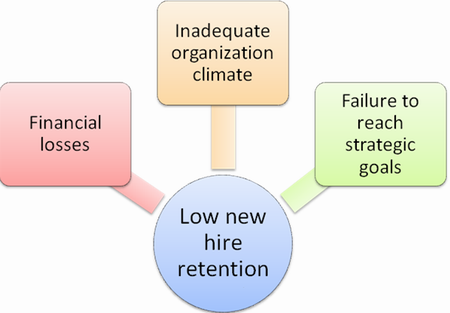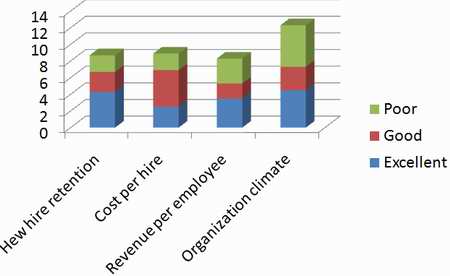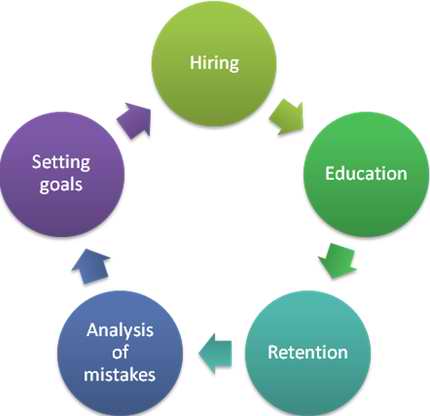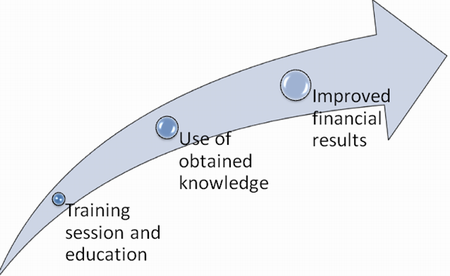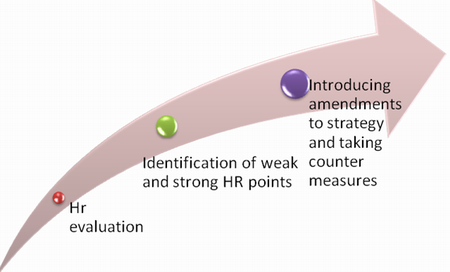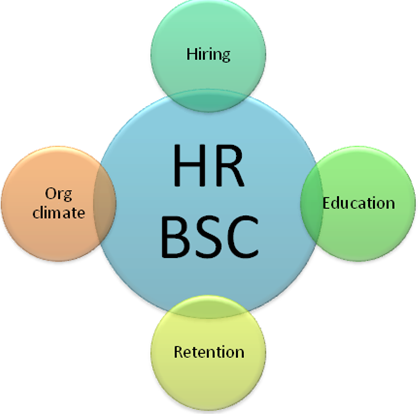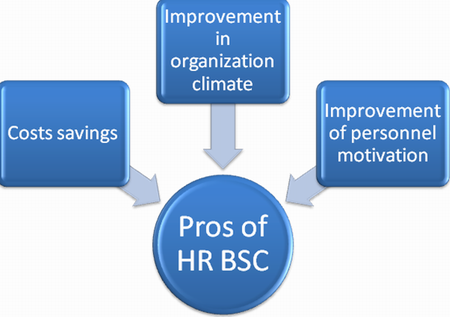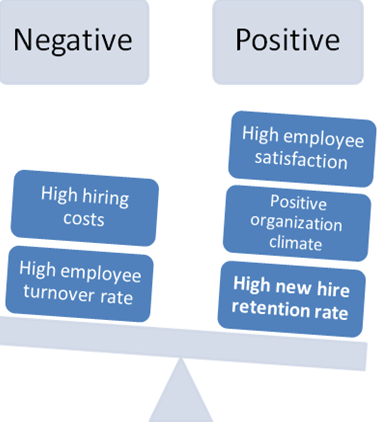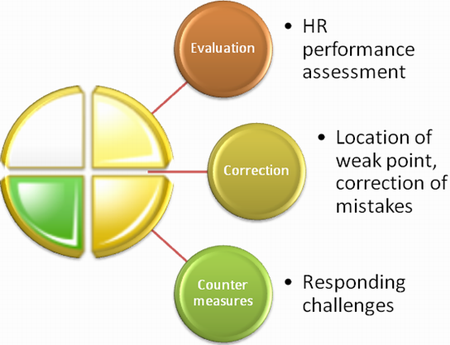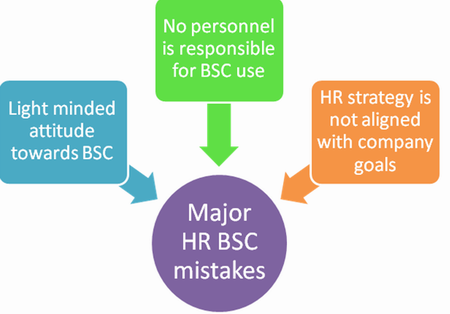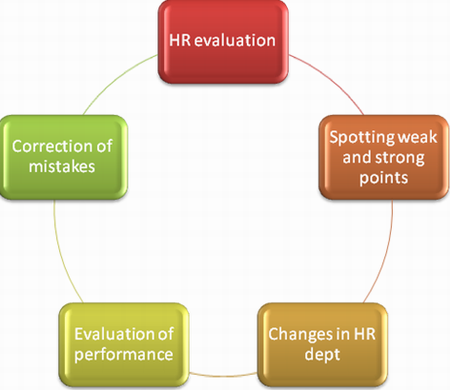What is the role of human resource metrics? They are the best indicators that are used to provide measurements of the efficiency and value of human resource strategies in the company. Large organizations try to get the most out of these metrics in order to define the amount of financial investments that should be made into the improvement of HR functions, personnel compensation and other related benefits. In this article we will talk about such human resource metrics as cost per hire, employee management, diversity and workforce productivity.

Experts underline that cost per hire is one of the most typical human resource metrics, which is important for any company. Employers use this indicator to determine the cost of recruiting, retention and training their personnel. There are a number of factors, which are involved in these metrics, such as the amount of time both employers and human resource specialists spend interviewing and sourcing the applicants for this or that vacant position. Other factors that belong to cost per hire HR metrics are pre-employment evaluation costs, processing information about them, expenses related to providing professional orientation for newcomers etc.
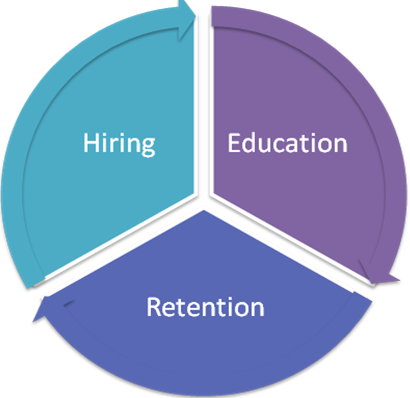
Employee engagement is another human resource metric worth consideration. It is associated with the level of enthusiasm and encouragement employees show when it comes to their job positions and tasks they have to perform daily. The best way to get reliable information here is to ask personnel to answer the same sets of questions twice a year. These results may help measure the approximate percentage of employees who are satisfied with their positions and people they work with and draw corresponding conclusions that may improve the situation.
Such HR metric as diversity among the company’s employees and upper managements is generally measured by socially responsible companies. To define this indicator, HR departments generate personnel survey reports and then sort out the obtained information with regard to gender, race, veteran status, age of their employees etc.
Finally, we should proceed to workforce productivity, which is one of the most valuable HR metrics. This indicator does not only measure current personnel efficiency, but also helps predict workforce capabilities and needs in case of attrition and turnover. This is mainly done by means of using data from the previous years, which state the number of employees who have resigned voluntary or not. These HR metrics help develop a good staffing strategy for the upcoming period of time.
